How a Homemaker in Mumbai Is Transforming These Century-Old Villages in Aarey Colony
NAATA Foundation works to uplift adivasi tribals in Aarey. Its core goals are educating children and empowering women.
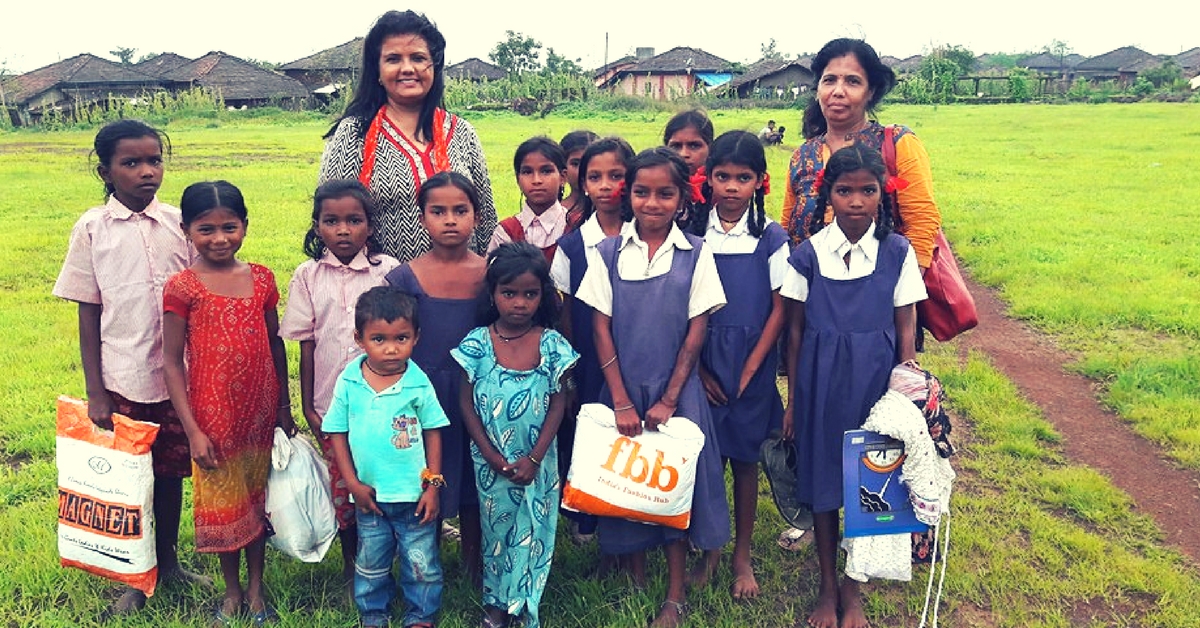
Up until 2011, at 7pm everyday, the residents of Vanicha Pada – an adivasi village in Goregaon, Mumbai, had no choice but to return to their houses and stay put. With no electricity, or running water and a shabby connection to the city, this village would plunge into darkness after the sunset.
That was until Mumbai-based non-profit NAATA adopted Vanicha Pada as its pilot project that year, and installed solar lamps in each house.
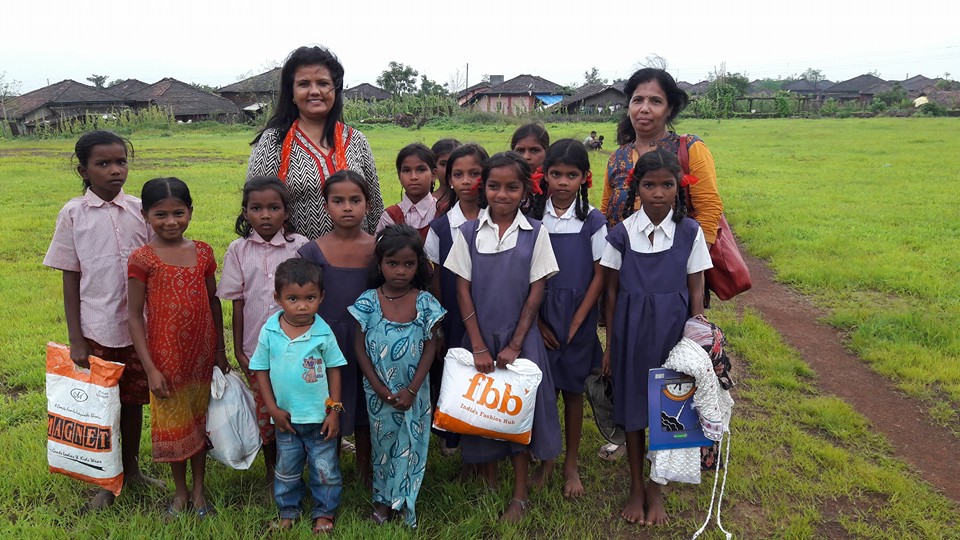
Vanicha Pada is one of the 27 adivasi villages situated inside Aarey Milk Colony, a 3,160-acre grassland, which is also known as the green lung of the city. Generations of Warli tribes live here, in a world of their own making.
Thanks to an initiative by a Mumbai-homemaker, Anuja Saha – the founder of the NAATA foundation – Vanicha Pada has seen development like never before.
Anuja managed to gather funds with the help of the Rotary Club, Mumbai, and as a result installed solar lamps in and outside every house in the village. “For the first time in 100 years, they (the villagers) could walk out of their homes after sunset,” says Anuja.
NAATA Foundation
NAATA works to uplift adivasi tribals in Aarey. Its core goals are educating children and empowering women.
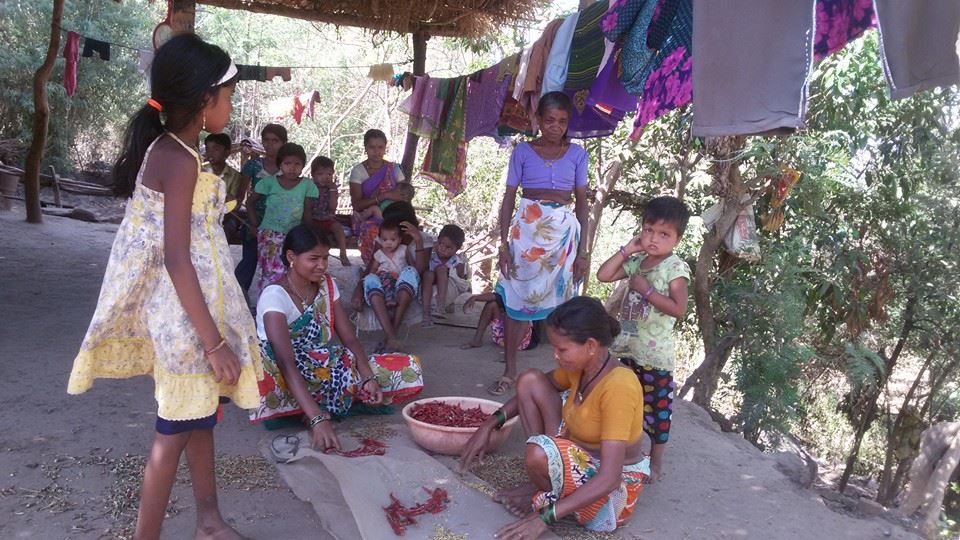
In 2008, one of Anuja’s sisters, Mourene Sharma, faced very trying financial difficulties. Very often, she was unsure if her family could get a square meal. On seeing this, and despite her own struggles, Anuja decided to enrol her sister into a nursing academy. Once she was eligible for a job in the industry, she earned a consistent salary, was able to fund her daughters’ higher education, and even get them married.
This one incident helped Anuja realise that many people in society are probably in dire need of help, not just struggling family members. NAATA translates to ‘relationship.’ Not hard to see why it is called so.
When Anuja started off, she had absolutely no support, except for her sister, who continues to be a trustee of the Foundation. So, she gathered a group of women, including her daughter Nikita, 18 at the time, her then domestic-help, late Vaishali Bondhve, and Sangeeta Jadhav, a tribal teacher from Vanchi Pada, and got cracking.
“It was very difficult for me to even get Rs 20,000, the amount needed to get registered. Whenever we had family occasions like birthdays of festival celebrations, we’d avoid spending lavishly, and instead use the money to conduct projects. Once we started, there was no looking back,” she says.
Plant a Tree and Gift a Living is an attempt by The Better India along side NAATA Foundation to plant 5000 fruit trees in Aarey Milk Colony, Mumbai. Each of these saplings need an approximate amount of Rs 100 for their nourishment over the next 2-3 years, after which they will be sufficient to supplement the income of the community by adding an additional source of livelihood, while also restoring the green cover of the area.
Contribute for the campaign here.
Unable to view the above button? Click here
Areas of Work
Anuja came to know of the struggles of Vanicha pada through the Oil and Natural Gas Corporation’s (ONGC), her husband’s workplace, CSR wing. She learnt that the village had dismal schooling facilities, and as a result, set out to improve it.
With the support of the ONGC’s CSR wing, the NAATA Foundation set up a fundamental education centre, or balwadi, for over 50 toddlers in the village. After the success of the first balwadi, they established three more centres in neighbouring villages.
The approach was all encompassing – even mothers of the toddlers were taught to sew next to the balwadis. A skill they could eventually monetize.
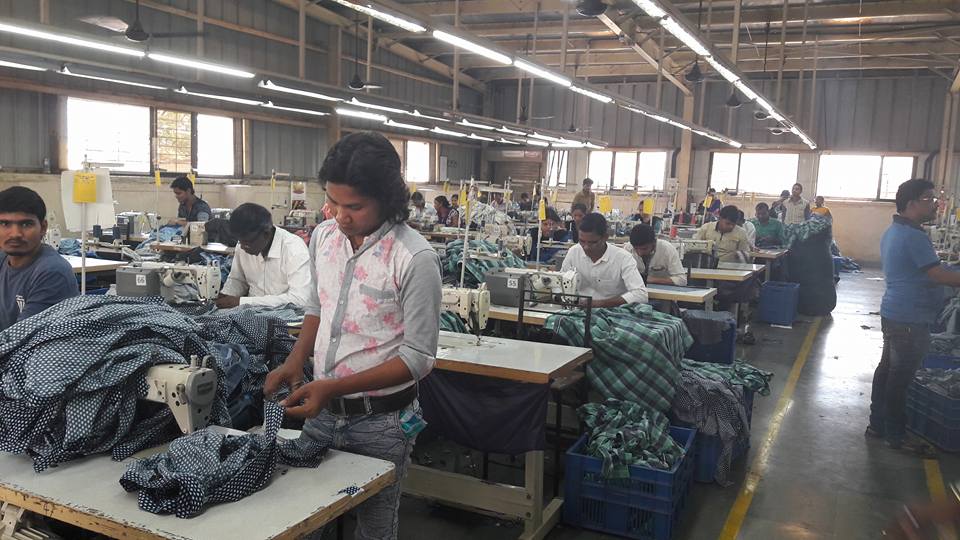
With a grant of a lakh and twenty thousand from ONGC, the foundation set up computer labs in six schools, whose students were from BPL(below poverty line) families, in Goregaon. Other initiatives included building classrooms, toilets, libraries and even science labs in dilapidated schools, reaching out to over 5000 children as a result. NAATA takes care of an education that is completely free of cost for these students.
While funding continues to be a challenge, the foundation gets working professionals and college students to volunteer.
Until a few years ago, the villagers would walk 5-10 kms a day in search of water. So, NAATA with the help of Sunil Prabhu, the then Mayor of Mumbai, coordinated with the local municipal corporation to help the tribals get water in, and close to their homes.
“It’s a delight to see that the village, which once did not understand the importance of education a few years ago, now has nurses, teachers, computer operators and technicians coming out,” shares Anuja.
NAATA , as a part of its Sacred Trees campaign, aims to plant 1,00,000 saplings by mid 2018. So far the count is at 18,000! These include fast-growing fruit trees that tribal families can maintain and earn a living off of.
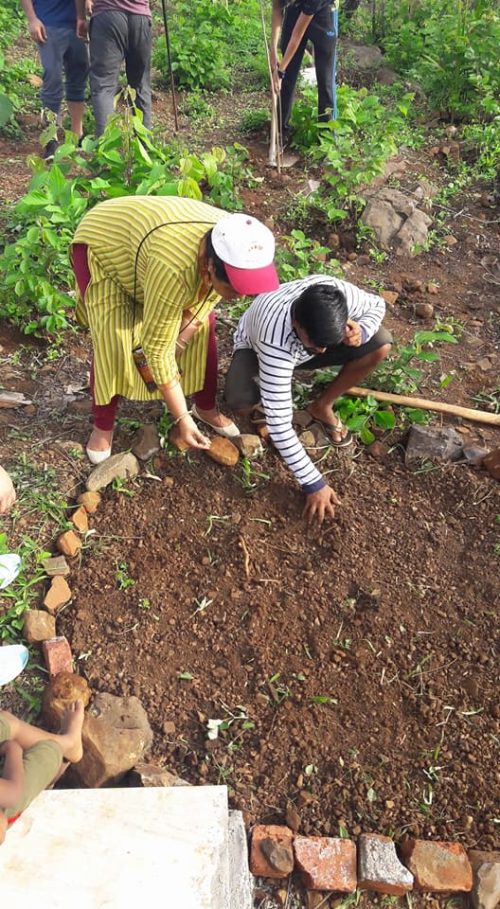
Final Message:
Inspite of having a a medical science background, Anuja did not work after she was married, which caused her a great deal of regret. Back in the day, working women reminded her of how she was wasting her degree, but today with the exemplary work NAATA is doing – there’s no looking back.
Plant a Tree and Gift a Living is an attempt by The Better India along side NAATA Foundation to plant 5000 fruit trees in Aarey Milk Colony, Mumbai. Each of these saplings need an approximate amount of Rs 100 for their nourishment over the next 2-3 years, after which they will be sufficient to supplement the income of the community by adding an additional source of livelihood, while also restoring the green cover of the area.
Contribute for the campaign here.
Unable to view the above button? Click here
Like this story? Or have something to share?
Write to us: [email protected]
Connect with us on Facebook and Twitter.
NEW: Click here to get positive news on WhatsApp!
If you found our stories insightful, informative, or even just enjoyable, we invite you to consider making a voluntary payment to support the work we do at The Better India. Your contribution helps us continue producing quality content that educates, inspires, and drives positive change.
Choose one of the payment options below for your contribution-
By paying for the stories you value, you directly contribute to sustaining our efforts focused on making a difference in the world. Together, let’s ensure that impactful stories continue to be told and shared, enriching lives and communities alike.
Thank you for your support. Here are some frequently asked questions you might find helpful to know why you are contributing?


This story made me
-
97
-
121
-
89
-
167











